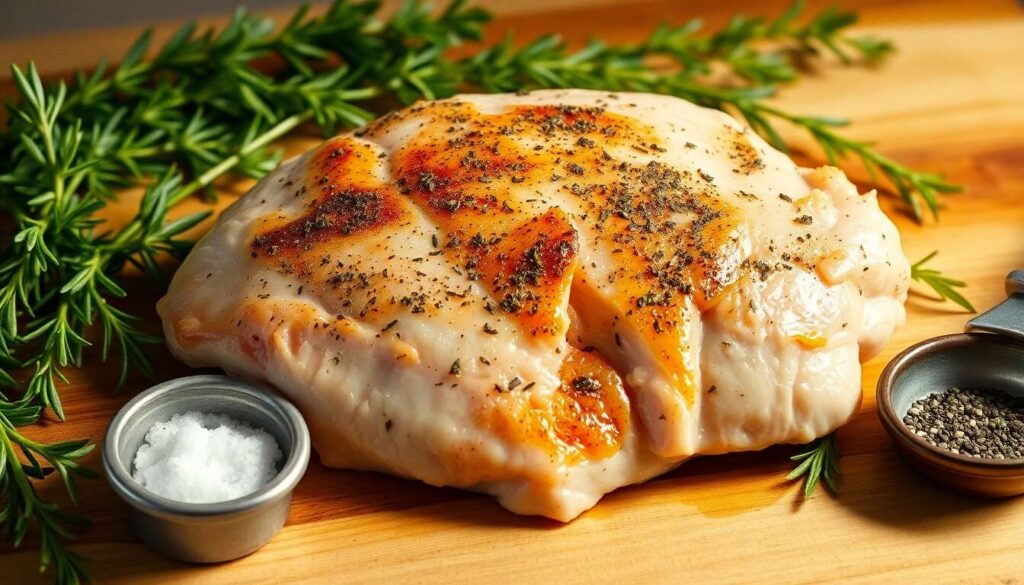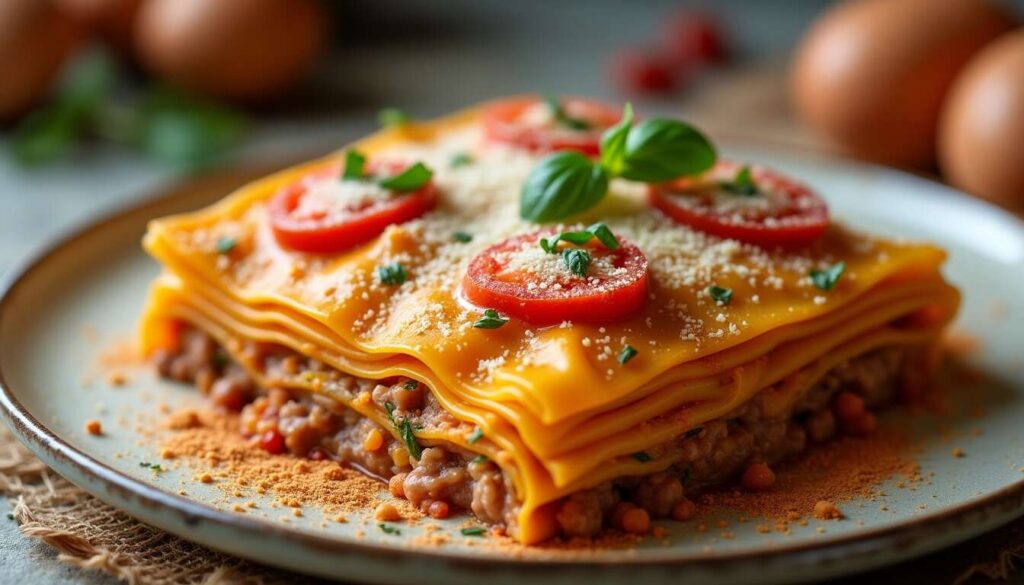The art of cooking white meats while preserving their tenderness is a true culinary skill. Whether it’s veal escalopes, poultry, or pork chops, there are effective techniques to maintain juiciness and avoid dryness. This article delves into infallible methods and practical tips for creating delicious meats that will delight your taste buds.
Choosing Quality Meat for Guaranteed Tenderness
Take Care When Selecting Your Meat
The first step toward achieving succulent white meat is selecting a superior cut. Prioritize freshness and quality by purchasing your meat from reputable butchers or local producers. Look for quality labels that guarantee good provenance and adherence to high standards.
Characteristics of Quality Meat
Quality meat is characterized by a slightly pink hue and a texture that is firm yet pliable. Avoid pieces that feel overly slippery or have an unpleasant odor. A well-chosen cut ensures not only flavor but also the natural tenderness of the meat.
| Criterion | Ideal Characteristic |
|---|---|
| Color | Pink |
| Texture | Firm yet pliable |
| Odor | Fresh, without unpleasant scent |
Once you’ve selected the right meat, it’s time to consider preparation with a classic technique: marinating.
Marinade Tips: How to Prepare Your Meat Well
The Basics of a Successful Marinade
Marinating is essential for
- Lemon juice and aromatic herbs for a fresh flavor
- Apple cider vinegar and spices for a unique taste
- Yogurt and garlic for a delightful flavor combination
After these preparation steps, allowing the meat to rest before cooking is crucial for optimal results.
The Importance of Resting Before Cooking
Why Let the Meat Rest
Giving the meat time to rest before cooking is a frequently overlooked step. This process allows the fibers to relax and better absorb the marinade’s flavors, making the meat juicier and more tender.
Recommended Rest Duration
For optimal results, let your meat rest outside the refrigerator for at least 30 minutes. This allows the meat to reach room temperature, ensuring more even and flavorful cooking.
Roast half-salted pork shoulder: an easy and delicious recipe
With careful preparation and adequate resting, gentle cooking becomes essential for maintaining all the flavor.
Gentle Cooking Techniques to Preserve Tenderness
The Benefits of Slow Cooking
Opting for gentle cooking is vital for retaining the tenderness of white meats. Cooking at low temperatures prevents excessive denaturation of proteins, keeping moisture inside the meat.
- Stovetop: Cook over low heat, turning regularly
- Oven: Slow cooking at low temperatures for thicker cuts
- Steam: Preserves tenderness and nutrients
Advantages of These Techniques
In addition to preserving tenderness, gentle cooking methods enhance flavors while keeping the meat juicy—a true delight for your guests.
You can further elevate the taste of your dish with proper seasoning, particularly through the use of butter.
The Art of Seasoning: A Flavorful Touch of Butter
Why Add Butter?
Butter is a valuable ally for enhancing the flavor of your white meats. It provides a creamy texture and an incomparable richness while helping maintain moisture during cooking.
- Fresh butter: for a mild and natural flavor
- Demi-sel butter: for a lightly salty touch
- Herbed butter: to infuse additional aromas
Applying the Butter
Add a knob of butter at the end of cooking to enhance the flavor and give a shiny finish to your meat. This also helps to baste the meat with a fine fat layer, retaining its natural moisture.
Lastly, for even greater tenderness, consider the magic of enzymatic fruits in your preparation.
Using Enzymatic Fruits to Tenderize Meat
Natural Enzymes in Fruits
Some fruits contain natural enzymes that assist in tenderizing meat. Pineapple, kiwi, and papaya are popular choices for their ability to break down meat proteins, ensuring unmatched tenderness.
- Pineapple: ideal for its bromelain enzymes
- Kiwi: rich in actinidin for a gentle result
- Papaya: contains papain, effective for tenderizing
How to Use Them?
Simply incorporate these fruits into your marinade a few hours before cooking so their enzymes can work their magic. Be cautious not to marinate too long, as this can cause the meat to break down.
To further expand your culinary toolkit, baking soda offers an effective and surprising alternative for tenderizing meat.
Thai shrimp broth: an exotic, quick, and easy recipe
Baking Soda Trick: An Unexpected Aid
Why Baking Soda?
Baking soda is a versatile ingredient that can transform your culinary approach. Its alkaline properties alter the meat’s surface pH, breaking down muscle fibers and rendering the meat more tender.
Application Method
To use this tip, lightly sprinkle the meat with baking soda and let it rest in the refrigerator for about 15 to 30 minutes. Be sure to rinse well before cooking to avoid any residue.
To further enhance your culinary skills, resting the meat after cooking is essential for preventing a dry and firm texture.
Precautions for Resting After Cooking to Avoid Dryness
The Importance of Resting After Cooking
Allowing the meat to rest after cooking is a crucial phase to ensure it retains its juices. During resting, the fibers relax and redistribute the accumulated juices, enhancing flavor and tenderness.
Duration and Method
After cooking, wrap your meat in aluminum foil and let it rest for about 5 to 10 minutes, depending on thickness. This step completes the cooking process while preventing dryness.
These various techniques and tips ensure your white meats are not only delicious but also irresistibly tender. By following this advice, you will maximize your chances of preparing successful and flavorful dishes. Bon appétit!







